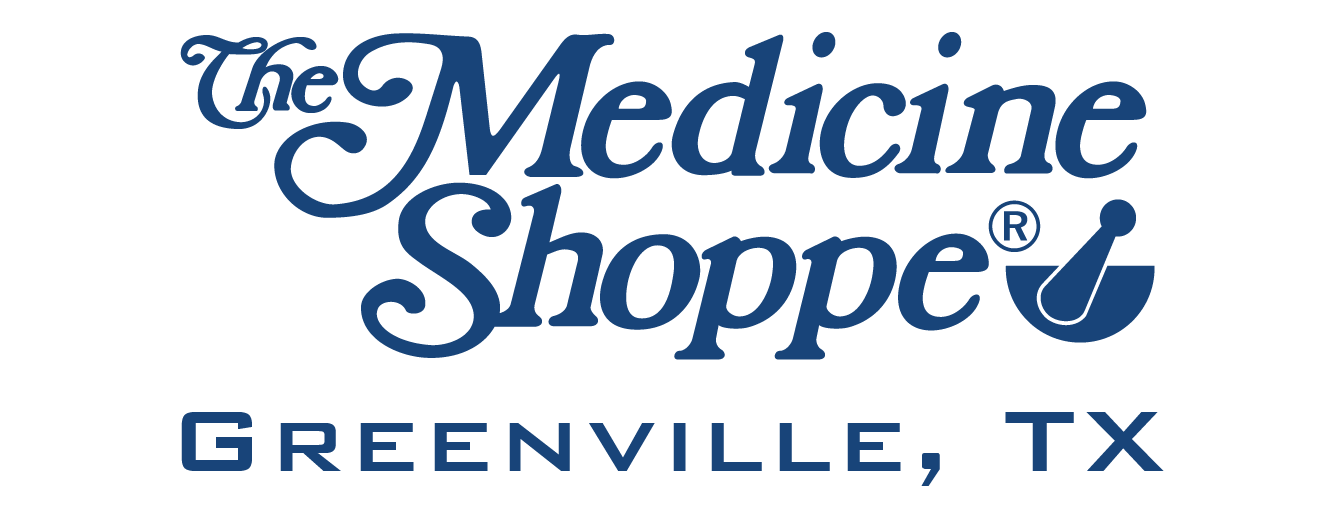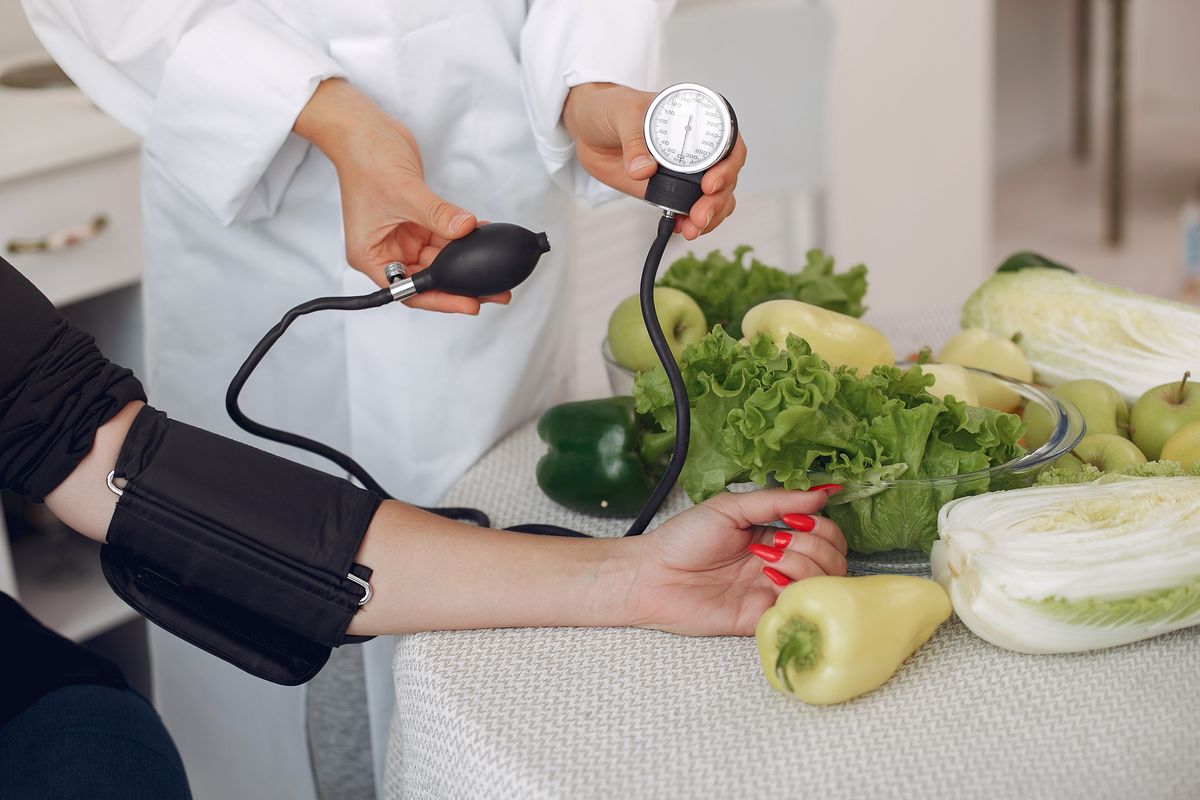Getting your first health assessment can come with a lot of questions. You’re handed a report with numbers, charts, and maybe a few notes, and expected to understand what it all means. But you’re not alone in wondering how to make sense of those results or what to do next. The truth is, learning to read and understand your health assessment can give you a clearer picture of how your body is doing and what areas might need more attention.
Taking the time to learn more about a health assessment helps you take control in a calm and steady way. You’ll be able to notice changes, spot warning signs, and catch small issues before they become something more serious. Whether it’s adjusting your habits or making a follow-up appointment with your doctor, the real value lies in what you do with the information you’re given. That starts with knowing what to expect and how to read the results.
What To Expect in Your First Health Assessment
A health assessment usually starts with a simple check-in, but it can tell you a lot. Whether you’re doing it as part of a routine checkup or for the first time in a while, the process includes a few different parts that give an overview of your physical well-being.
Here are the common areas most assessments focus on:
- Vitals check: This includes blood pressure, pulse, temperature, weight, and height. These quick readings offer a snapshot of your current state.
- Lab work: Some assessments include blood or urine tests. These help measure things like cholesterol, glucose levels, kidney function, and more.
- Questionnaires: You might be asked about your diet, activity levels, mental health, sleep habits, and any symptoms you've noticed lately.
- Medical history review: Providers often look at past records or ask questions about your family health history. This gives context to your results.
Each part plays a role in painting a fuller picture of your health. For example, if your blood pressure is higher than expected, it might be looked at along with your weight, family history, or lifestyle habits. Small findings in one area can be better understood when combined with others.
It’s also important to be honest during any interviews or surveys. Accurately reporting your habits, even when they’re not perfect, helps you get the clearest advice. For instance, if you tend to skip meals or don’t exercise much, the provider can offer more helpful tips when they know the full story. Holding back or guessing your way through answers can lead to confusion later on.
Getting your results is only helpful if the information used to build them is accurate. That starts with being as open and direct as possible during the health assessment.
Interpreting Your Health Assessment Results
Once the assessment is complete, you’re often left with a paper or online report full of numbers and unfamiliar terms. It might feel overwhelming but breaking it down into smaller parts helps it make more sense.
Here are a few key sections you’ll probably see:
- Cholesterol levels: Often listed as HDL (good), LDL (bad), and total cholesterol. High LDL levels might show a need for changes like adding more exercise or reducing saturated fat.
- Blood pressure readings: This includes two numbers. If the top number (systolic) or bottom number (diastolic) is high, it may mean your heart is working harder than it should.
- Blood sugar (glucose): High glucose levels might suggest insulin resistance or early signs of diabetes.
- BMI (Body Mass Index): While not a perfect system, this number is used to see if your weight is in a healthy range compared to your height.
Most reports will highlight where your results fall: normal, borderline, or high/low. If your numbers stay in the normal range, that’s usually a sign your body is doing well in that area. If one or more results are outside that range, it doesn’t always mean something is seriously wrong. It may just be time to make a few changes.
For example, if your blood pressure is a little high, that might not mean much on its own. But if there’s a family history of heart problems, your healthcare provider might suggest more tests or a closer look at your diet and daily stress. Understanding each section in context is what helps you make better decisions.
Learning what these results mean today can give you peace of mind and lay a stronger foundation for healthier choices tomorrow. Remember, the real work doesn’t end with the report. What comes next matters just as much.
What To Do with Your Results
Seeing your numbers all laid out on a page can be useful, but what you do with that info makes the biggest difference. If your results fall in the normal range, that’s a positive sign. It means your current habits are helping your health, and now it’s all about keeping those up with steady choices around food, movement, and stress.
If your numbers are a little off, try not to worry. There are usually simple ways to get back on track. Small changes in your diet, better sleep, or walking more can start to make a difference. In some cases, your provider might suggest more tests or talk through a few key issues like cholesterol or blood sugar. They may also give you ways to adjust at home or work to lower your numbers.
Here are a few actions you can take once you get your results:
1. Set up a review with your healthcare provider to walk through the report.
2. Ask questions about anything you don’t understand.
3. If any numbers are flagged, find out what steps you can take first.
4. Make a short, realistic list of goals like eating less sugar or walking during lunch breaks.
5. Keep notes on how you’re feeling and track any noticeable changes.
Talking through your results with someone trained to understand them can help you feel more settled and clear-headed. It prevents guesswork and gives you a more useful plan going forward.
Healthy Changes to Stay on Track
Now that you’ve seen your results, the next step is putting healthy habits into place. That doesn’t mean flipping your whole life upside down. It means starting with what feels doable and seeing steady progress over time.
A few small changes could make a real difference. Maybe it’s adding more veggies to your meals, swapping soda for water, or finding 15 minutes in your day to go for a walk. If your blood pressure runs high, lowering salt, checking food labels, and easing stress could help. If blood sugar is a concern, look into adding more fiber and eating balanced meals.
Keep these tips in mind moving forward:
- Don’t miss follow-up appointments, even if you feel fine.
- Write down changes and watch how your numbers track over time.
- Look at what’s working rather than only focusing on what to cut out.
- Build a plan for movement that fits your life, whether it’s doing yard work, taking walks after dinner, or stretching at night.
- Ask questions when you’re unsure. You don’t have to figure it out alone.
Having support from people who care about your well-being makes a big difference. When your next health assessment comes around, you’ll be able to see what has changed and feel proud of the way you’ve stuck to your goals. Improvement over time—not perfection—is what keeps things moving forward.
Understanding the Road Ahead
Your health doesn’t have to feel confusing, even when the paperwork looks full of unfamiliar terms. Once you understand what your results say, you’re better prepared to make clearer choices. That kind of knowledge builds comfort and confidence.
Every health journey starts in a different place, and that’s completely fine. What matters most is how you decide to move ahead. Whether your assessment results are in good shape or need attention in a few areas, acting on what you’ve learned is what keeps progress moving.
Healthy habits like staying active, eating well, and checking in on your health are steps anyone can take. You don’t have to make huge changes overnight. You just have to keep going.
If there’s ever a time when you’re not sure what your results mean or where to go next, know that support is right here in Greenville, TX. Talking to someone who listens and understands can help you make sense of it all—and feel more in control of your care.
If you’re ready to take a more informed approach to your health, scheduling a health assessment can be a great place to start. It gives you a clear understanding of how your body is doing and what steps to take moving forward. Greenville Medicine Shoppe is here to help you feel more confident about your next move with guidance tailored to meet your wellness goals.

